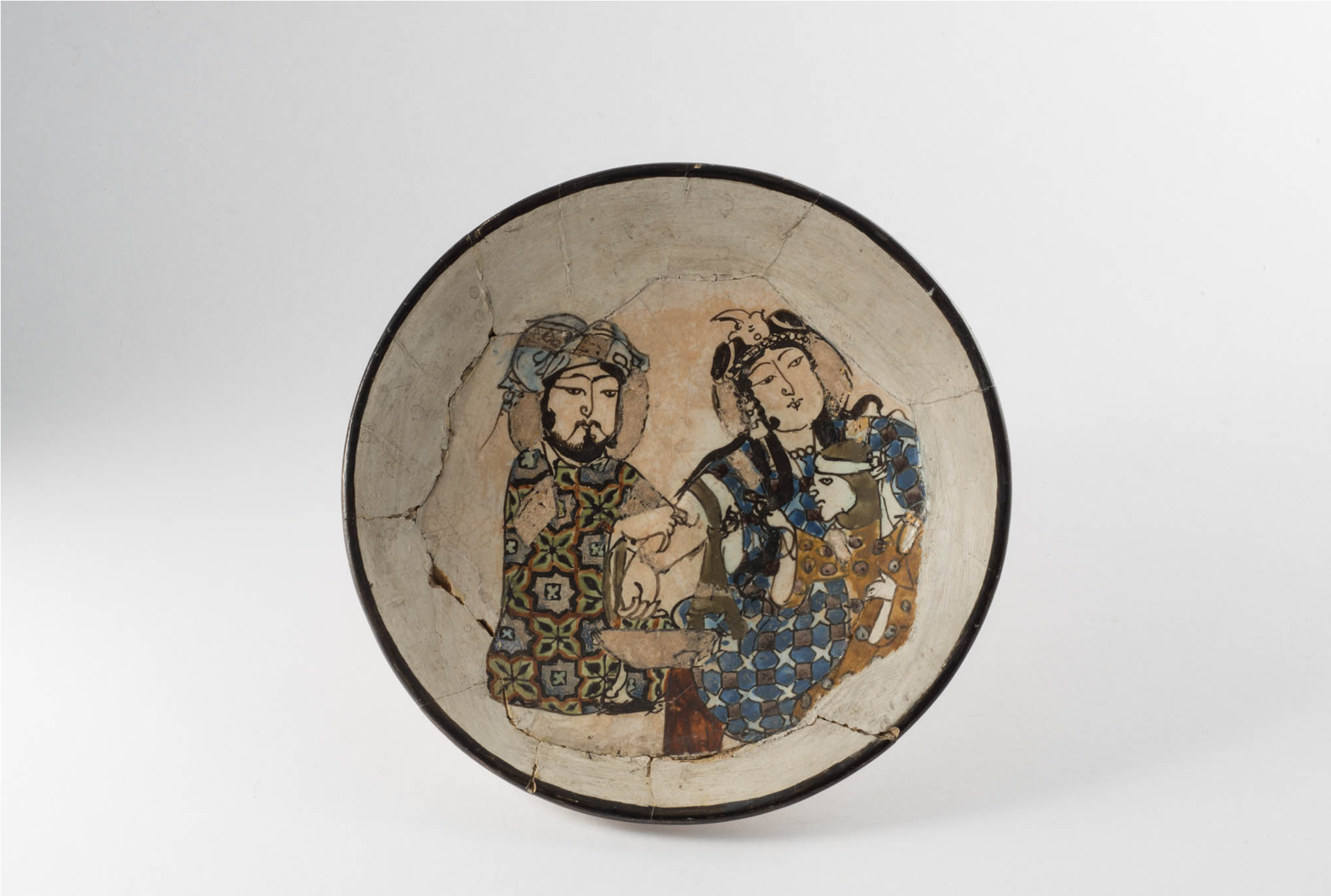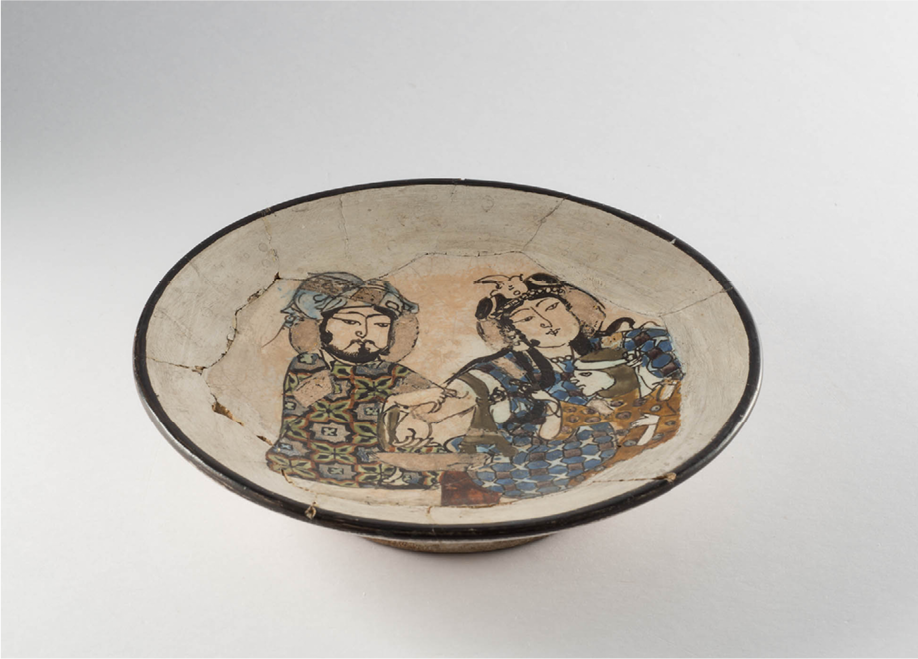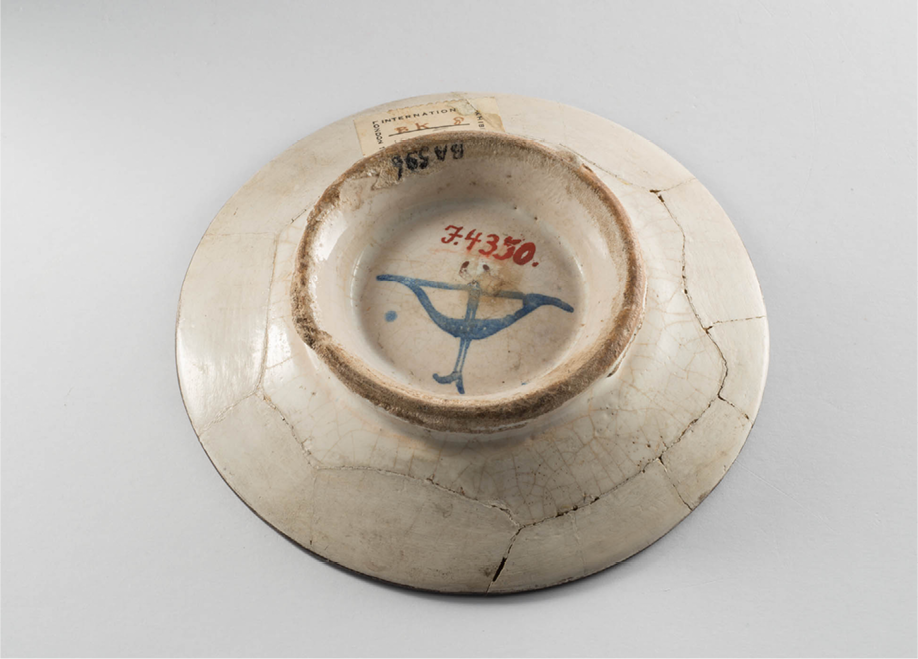

 The cover image is a bowl from the 13th century, decorated with enamel colors and gilding on the glaze, dating back to the Great Seljuks. It is exhibited in the Berlin State Museum. According to the Museum’s registration information, the colorful decoration shows three people in a medical scene: a doctor is depicted with a bleeding patient, assisted by a smaller third person, probably a servant. The two main figures are shown frontally, with striking garments made of colorful fabrics. (1). Bloodletting was one of the recommended treatment methods in medicine from ancient times until well into the 19th century.
The cover image is a bowl from the 13th century, decorated with enamel colors and gilding on the glaze, dating back to the Great Seljuks. It is exhibited in the Berlin State Museum. According to the Museum’s registration information, the colorful decoration shows three people in a medical scene: a doctor is depicted with a bleeding patient, assisted by a smaller third person, probably a servant. The two main figures are shown frontally, with striking garments made of colorful fabrics. (1). Bloodletting was one of the recommended treatment methods in medicine from ancient times until well into the 19th century.
Dating
1st half of the 13th century
Dynasty – German: Seljuks (Greater Seljuks)
Dynasty – English: Seljuks
Material / Technique
Quartz frit, red-brown, green, black, white and blue painting in and on transparent colorless glaze, with gilding
Dimensions
Height: 2.8 cm reconstructed
Diameter: 12.9 cm reconstructed
Wall thickness: approx. 0.4 cm
Geographical references
Origin (General): Iran (country)
Ident. No .:
I.4350
Credit:
State Museums of Berlin, Museum of Islamic Art / Johannes Kramer